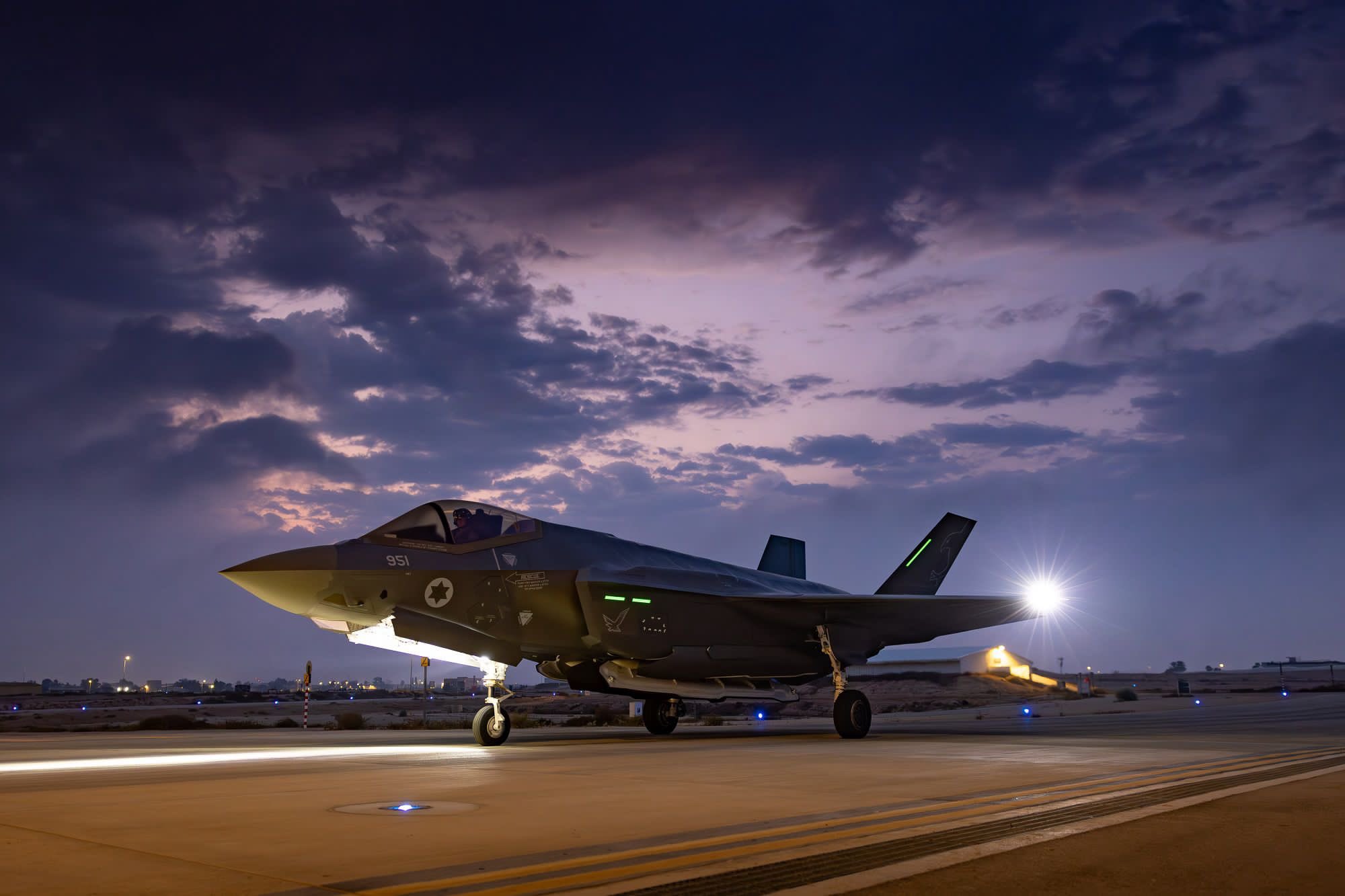After ditching European warplanes and opting for US F-35 stealth fighters in a $8.8B deal, Germany has now decided to construct all of its F-35 jets at the Final Assembly Check Out (FACO) facility in Fort Worth, Texas, instead of the European FACO at Cameri, Italy.
In 2022, Germany decided to procure 35 F-35 jets from the United States. The move marked the culmination of its effort to replace its aging Tornado fleet. The fleet had 46 dual-capable Tornado fighter bombers at various stages of readiness in support of NATO’s nuclear weapons-sharing doctrine.
Initially, there was anticipation that a portion of the ordered fleet would be constructed at the Final Assembly Check Out (FACO) facility in Cameri, Italy. This expectation was further fueled by indications from Lockheed Martin officials.
In December 2022, during the signing of the Letter of Acceptance, J.R. McDonald, the vice president of F-35 business development at Lockheed Martin, stated that the anticipated plan involved Germany acquiring aircraft from both Cameri and Fort Worth to prevent delivery delays.
However, Germany has surprised many by now opting to build the entire fleet at the production facility in Fort Worth, Texas, USA. The deliveries of the German F-35s will commence from 2026, with the first aircraft scheduled to arrive in Germany in 2027.
An aviation journalist, Gareth Jennings, broke the news, confirming that the final assembly and check-out of German F-35 aircraft is slated to occur at the Fort Worth facility. “Currently, final assembly and check-out of German F-35 aircraft is planned to occur at the Fort Worth facility using major components from across Europe, including Germany, UK, and Italy,” according to Jennings.
Cameri, situated in northwestern Italy, boasts one of two FACO facilities outside the United States; the other is in Nagoya, Japan. In addition to Italian F-35s, Cameri’s FACO is also responsible for producing aircraft for the Netherlands and Switzerland.
The US government recently decided to open the European facility to any other continental customers interested in utilizing it. Italian companies also contribute vital components like rear actuators, wings, radios, cockpit lighting, and electronic warfare systems for F-35s worldwide.
The German decision has left many questioning Berlin’s rationale for bypassing the European FACO at Cameri in favor of the American facility. As of now, German authorities have provided no official explanation.
European F-35 Facility Builds Less F-35s Than US Counterpart
Italy’s FACO facility in Cameri is a vital hub in the global F-35 production network, boasting state-of-the-art infrastructure and capabilities.
Spanning a sprawling 101-acre area, including 22 buildings and over one million square feet of covered workspace, the Italian Ministry of Defense owns the facility. It operates in collaboration with Leonardo and Lockheed Martin Aeronautics.
With 11 assembly stations and five maintenance, repair, overhaul, and upgrade bays, the Cameri facility is a hive of activity, employing 800 skilled personnel engaged in full assembly of both the Conventional Take-off/Landing F-35A and F-35B aircraft variants.
Cameri is the sole facility outside the United States equipped with F-35B production capability, showcasing Italy’s advanced aerospace manufacturing capabilities.
It has been designated as the F-35 Maintenance, Repair, Overhaul, and Upgrade center for the entire European region. Recent developments have seen the United States government grant European customers the option to request their F-35 aircraft to be produced at the Cameri facility.
While pricing and production standards remain consistent, with US Air Force officers overseeing quality control, the main distinction lies in production volumes. Cameri currently builds approximately 15 F-35s per year, whereas Fort Worth, Texas, produces about 130.

Despite this discrepancy, European production appeals to customers seeking expedited initial aircraft delivery, notwithstanding ongoing TR-3 (Technology Refresh 3 configuration) delays.
The delays stem from supply chain challenges related to TR-3 components and ongoing testing of the configuration, which includes a processor and software package, along with other new equipment essential for the F-35 Block 4 upgrade of the international fighter.
Lockheed Martin confirmed earlier that Cameri was producing TR-2 aircraft, unaffected by delays. It also mentioned plans for retrofitting to the TR-3 configuration.
While Germany has opted out of Cameri production, Poland has emerged as an interested party. Gareth Jennings revealed Poland’s interest, citing the facility’s advantages in expedited delivery.
- Contact the author at ashishmichel(at)gmail.com
- Follow EurAsian Times on Google News




